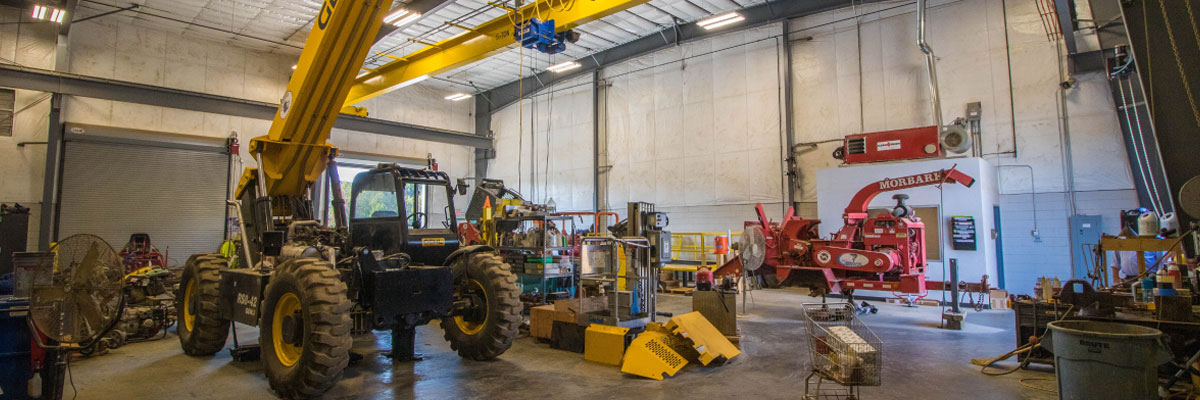Tips & Best Practices
Attachment Maintenance
Keep Costs Down by Extending the Life of Your Attachments
Hydraulic Hammers
Complete a Regular Three Part Inspection
- Check for leaks in the attachment's fittings or hoses
Prior to use, inspect hoses for cracks and check that shielding is in place. Make sure your fittings are not loose and your hoses and fittings are free of contaminants. - Inspect critical points for proper lubrication and function
Power wash the attachment to remove dirt, sand or other contaminants. Once clean, follow the manufacturer's guidelines for proper special grease or oil lubricant requirements for proper bushing wear. These contain special agents designed specifically for manufacturers' units, and standard grease is not acceptable for most hammers. - Make sure the locking mechanism is operating correctly
The locking mechanism should not be stiff or bent to ensure proper locking and unlocking of the attachment. Check for damage whenever attachments are changed. Never pry with tool while operating.
Best Practices
- Keep hydraulic hose ends out of the dirt
- Make sure your hammer's in and out ports are closed on the jobsite – dust and sand can easily enter if left open
- On a weekly basis, or every 10 hours, remove and inspect the retaining pin and tool
- On a monthly basis, or every 50 hours, inspect the tool shank and bushings, carefully checking for wear
- Every 50 hours, inspect hydraulic hoses
- Hammers should be serviced annually or every 600 hours
Buckets & Teeth
Inspections
Buckets require extra care – a well maintained bucket can cut down on costs by digging and
breaking out more efficiently, which reduces fuel consumption and increases the rate of job
completion. Prior to use, carefully check the following parts of your bucket:
- Mounting Hinges
Inspect for cracks. A small crack can quickly become much larger – if you see any cracks, get them fixed immediately. - Front Leading Edges and Corners
Visually check to see if they are getting thinner or if there are signs of cracking. If so, the corners can be re-plated and thickened to increase the life of the bucket. If left unchecked, the corner could fail during heavy digging and the bucket edge can be torn out completely and would have to be replaced. - Bucket Edges
Any signs of distress? If so, can it still be serviced? If you are working with a bucket with reversible edges, you may want to consider rotating them. - Bucket Teeth
Check if they are worn or need rotating. Teeth that are regularly rotated last longer, saving you money. Corner teeth tend to wear faster – move them to the center to increase their life. Many styles of teeth can be turned upside down – the lower edge wears faster and if they are turned over they will wear more evenly. - Lost Teeth?
Do not use a bucket with a missing tooth. Not using a full set of teeth will wear away the adapter nose and result in poor contact when new teeth are installed. - Correct Bucket Teeth?
There are a wide range of bucket teeth that can be used for a variety of applications – make sure you have the correct teeth for the job, such as penetration teeth for rock or abrasive teeth for coal. - Lubrication
Is the bucket properly greased? Insert some lubrication into the proper bucket pin locations. Simple lubrication is the cheapest and best form of maintenance. - Check pins and bushings for wear at this time.
Worn pins & bushings cause more stress on the machine, and rapidly lead to expensive and more in depth repairs when let go too long. Also, worn pins & bushings result in less control of the machine during operation.
©
Hawkins-Graves,
Inc. All Rights Reserved.
Created by Winsby
Inc.

